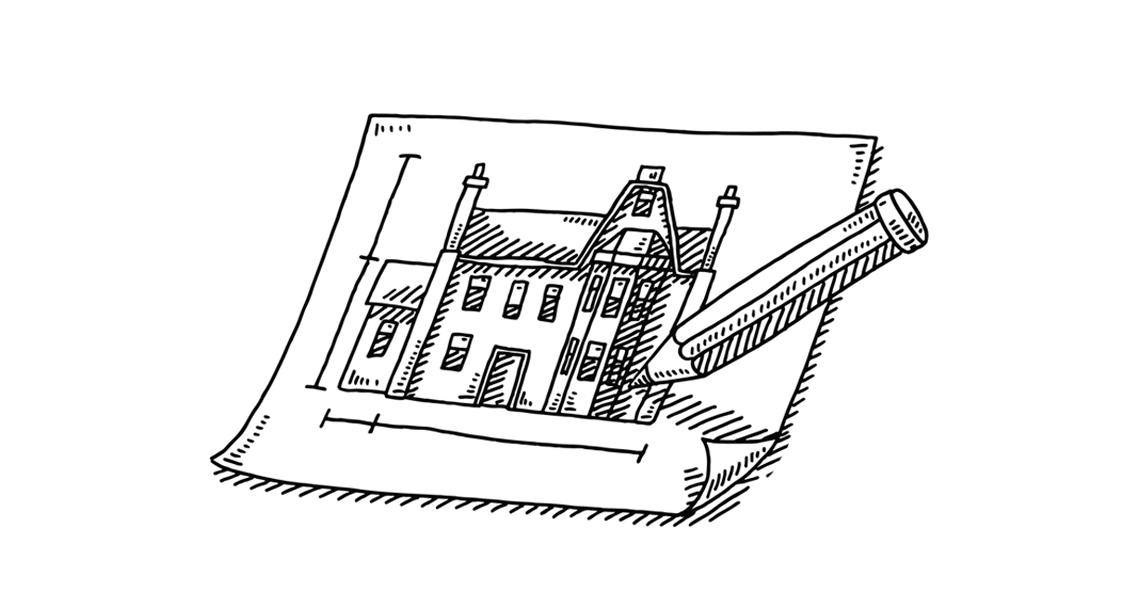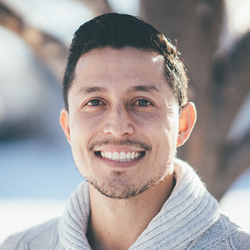
When the 2018-2019 school year began our school did what many schools do; we looked at data to see where we could make improvements.
And, like many schools across the country, math stood out as an area all grade levels could improve upon. As a humanities teacher who teaches the STEM class, I knew I could make learning fun while intentionally building projects that draw out math concepts that support cross-curricular learning in my school. So the challenge was set, but how was I going to do this?
Keeping the challenge in mind, I did what my kiddos would do when they first start a project and that is, ask questions: “What will be the key knowledge and success skills I want to strategically assess?”, “How can I make this project authentic to my students?”, "What is relevant right now?”.
After researching and ideating with my peers, I decided that we would do a “Disaster House” project.
The students would design a home for a family that lived in states that suffered various natural disasters. The major products would be creating a scaled 3D model of the home, a digital 3D model using Tinkercad (open source CAD software), and a presentation to their client families on how they met their needs. They would have to stay within budget constraints and design constraints based on the natural disasters in their state. I decided this project would be great because I would be able to hit my key content, addressing engineering principles by using the engineering design process as well as many technology skills, researching skills, and using presentation tools and skills. The math integration focused on ratios, fractions, and measurement.
The middle of a project can always be tricky. There are so many skills, need to knows, and knowledge the students need to gain to ensure they are successful. Based on our need to know list, the students first wanted to meet their families so they could find out their constraints for the project. After their interviews they found out that the families wanted a specific size home and the students wanted to know how they would be able to create something that will look like what their families wanted but smaller. I love when students put it on a “tee” so you can hit it out of the park. I told them, “You're in luck! We can use some math skills you already have and to do something architects and engineers use called scaling.” Once I had them hooked, it was time to create opportunities to scaffold for my students and also differentiate to meet them where they were as learners in regards to measurement and fractions.
For this purpose, I used that wonderful strategy called the workshop model. I had various station rotations that allowed the students to do the heavy lifting when it came to learning about how scaling worked, as well as how it would look within a CAD software. They had rotations where they were scaling items in our classroom to make a mini-version of our space, making a dream home in Tinkercad, as well as doing some practice with fractions on paper, which included using manipulatives. The rotations allowed me to meet with students individually, in small groups, and even bring them back as a whole group to address big issues as I saw them arise.
As we reflected at the end of each work time it was evident that the students were really connecting to the application of their math skills. Many were scaling the objects in the space from 1 foot to 1/2 of an inch and even a ¼ of an inch. The conversations were on point, the work they were showing within each station was solid and, importantly, they were having fun.
As we continued to answer our “need to knows” the products started to really take shape.
After giving and receiving critiques to each other while continually emailing their family for needed feedback, they were ready to present their final designs. As their teacher, I was so pleased to hear them share their home designs with their client and explain how they created the models and the math that went into it. Not only were they able to create a design that met all the constraints of their client, they were also able to intelligently explain how they created those models.
I want to leave you with this. If your school is like mine and math is an area you can help your students improve in, try to find ways to integrate math concepts where it can be made real to students. Make math less about "mastering" it for a test, and more about learning it in various ways to make it more concrete, and you will see the fruits of your labor in the end — I know we did.

